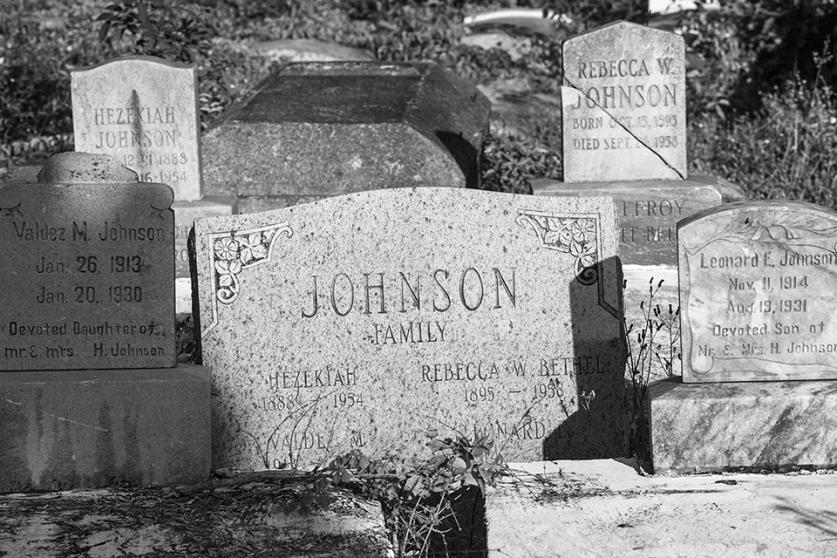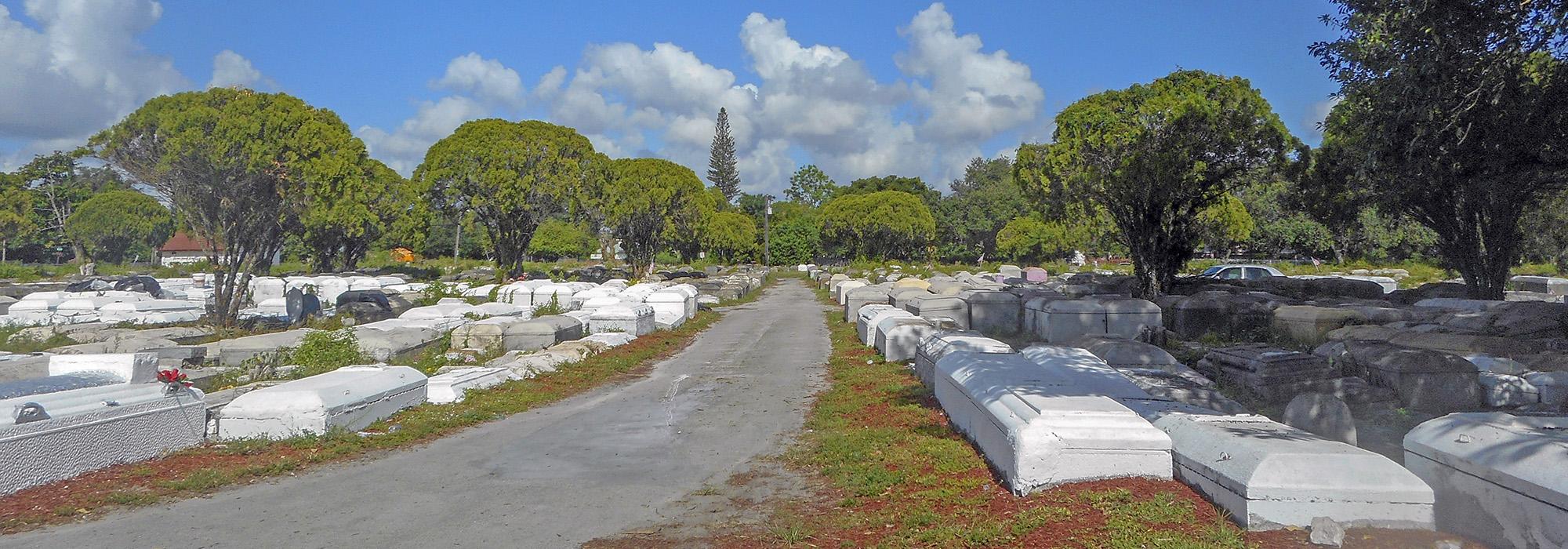New Legislation to Document African American Burial Grounds
On February 13, 2019, Congressman A. Donald McEachin (D-VA) and Congresswoman Alma Adams (D-NC) introduced new legislation that would result in an amendment of Title 54 of the United States Code, thereby establishing the African American Burial Grounds Network as part of the National Park Service. Titled the African-American Burial Grounds Network Act, the bill further authorizes the network to create a nationwide database for historic African American cemeteries and burying grounds. Furthermore, the network would provide technical assistance to document sites, create educational resources for local community members, and fund grants for detailed research on these significant cultural landscapes. The bill’s introduction was timed to honor Black History Month, and it has been endorsed by a great number of national and local organizations, including the National Trust for Historic Preservation, the Society for American Archaeology, the Association for the Study of African American Life and History, the Association of Black Anthropologists, the Society for Historical Archaeology, the American Anthropological Association, and the American Cultural Resources Association.

The new legislation comes at a time when several undocumented African American burial grounds have been unearthed by construction projects and archaeological surveys across the country. The remains of an undocumented nineteenth-century African American burial ground, for example, was discovered in January 2018 by the University of Pennsylvania in a university-owned lot adjacent to Chestnut Street in West Philadelphia. And in mid-April 2018, construction crews in Fort Bend County, Texas, stumbled upon nearly 100 unmarked graves of African American prison inmates. The men had been “leased” by state prisons to the former slave-plantation Sugarland after Emancipation was declared and were forced to work in the sugar fields. In Crownsville, Maryland, the Maryland Department of Transportation and State Highway Administration recently uncovered a forgotten slave cemetery amid the woods of a former tobacco plantation. Unmarked field-stones eventually led to the discovery of slave quarters and a cemetery by archaeologists in January 2019.
The new legislation represents a welcome step toward the stewardship of threatened cultural landscapes around the nation. The landscapes of marginalized peoples historically experience a much higher rate of loss, despite their often obvious significance. Lincoln Memorial Park, for example, one of the oldest African American cemeteries in Dade County, Florida, is featured in the compendium of sites selected for TCLF’s most recent annual Landslide program, Grounds for Democracy. This site joins other highlighted landscapes, such as Hog Hammock on Sapelo Island, Georgia, and Princeville in North Carolina (the first town incorporated by African Americans in the United States), which together illustrate the different historical trajectories of African American communities from Emancipation to the present. Many of TCLF’s city and regional guides also chronicle African American cultural landscapes, which are continuously added to the What’s Out There database.
Having been introduced in the House of Representatives, the bill was referred to the House Natural Resources Subcommittee on National Parks, Forests, and Public Lands on March 5, 2019. TCLF will publish further updates on the bill’s progress.



